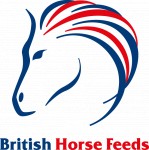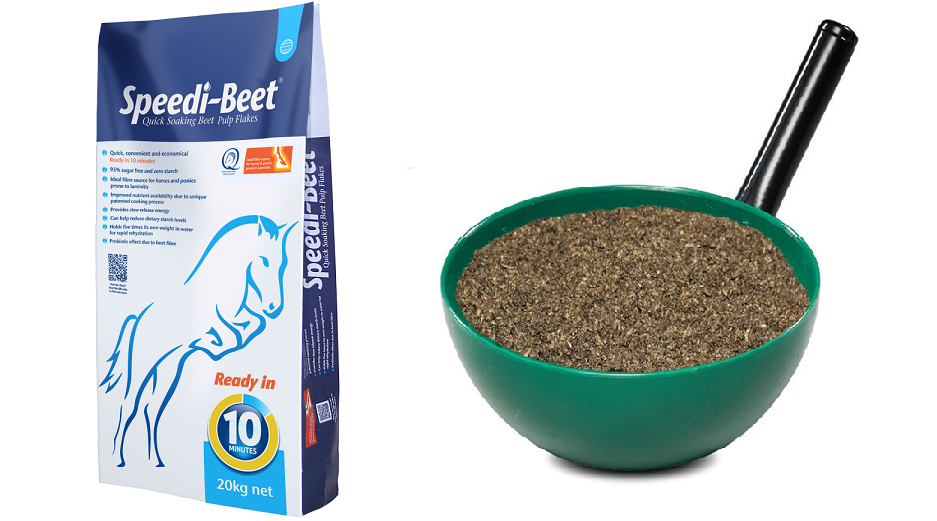Posted: 6th February 2018 | Back to news feed

In this issue, Dr Tom Shurlock, nutritionist at British Horse Feeds, gives his 10 top tips when it comes to talking about laminitis:

1 - Check.
Laminitis develops in a number of phases. Symptoms such as hot hooves, physical damage such as white line and bruising etc. can appear at any time, depending on the underlying cause. Regular checks will help keep on top of the condition.
2 - Risk Factors.
There are known risk factors for laminitis and include pre-depositions – Cushings, IR, - nutrition – high intake of sugars – and mechanical damage, but there are others. Increasing age, breed, obesity, lack of exercise and overfeeding are all factors that can lead to laminitis. As some factors are under our control, we can aim to avoid the condition.
3 - Exercise.
One of the components of laminitis is vasoconstriction, caused by the absorption of endotoxins from the gut. This causes pooling of blood in the extremities and stops inflammatory factors being flushed away. Gentle exercise can improve the circulation and flush the hoof.
4 - Weight & Condition.
Obesity can cause problems. Obesity can contribute to EMS and IR, which are implicated in laminitis. High weight puts added pressure on the hoof, whilst overfeeding will disrupt hindgut function, a primary cause of laminitis. Weight reduction is essential; a condition score of 3-4 to be aimed for.
5 - Feeding.
Generally, intake should not be more than 2% (dry matter) of a horse’s body weight, rising to 2 ½ % if undergoing heavy exercise. Within that as much of the feed should be forage, or a fibre feed, and cereal based feeds used to top up nutrients. With active animals relatively high nutrient levels cause no problems but, with the laminitic, some nutrients can exacerbate or even cause the problem.

6 - Carbohydrates.
Carbohydrates, including starch, are complexes of sugar molecules. They are digested in the small intestine, absorbed and metabolised. Malfunction of this metabolism can lead to laminitis and so, for Cushings etc., starch and sugar intake must be kept to a minimum. Additionally, the horse has a limited capacity to absorb sugars and excess is fermented in the hindgut, leading to a microbial dysfunction. Keep the daily intake of sugar/starch below 10%. Avoid raw starch. Bruising or crushing does not markedly improve digestibility, but micronizing/cooking does. Be aware that some products claim to be low in sugar, or starch, but it is the total of the two that matters.
7 - Protein.
Overfeeding protein can be as damaging as overfeeding carbohydrates. Despite the belief that exercise requires large amounts of protein, except for extreme exercise like racing, for example – a dietary level of 12% protein is more than sufficient. Undigested protein will be fermented by some hindgut bacteria releasing endotoxins and vasoconstrictors, both components in laminitis
8 - Fructans.
One of the major factors quoted to cause laminitis is high levels of fructans in grass. Although technically fibre, fructans is easily fermented releasing lactic acid which disrupts hindgut function and opens absorption to endotoxins. We know levels are high in spring and autumn grass but winter grass, if close cropped, can have higher levels as fructans, and are stored at the base of the grass stem, in preparation of spring. Consider fertilising a pasture. Growth stimulation will deplete fructans and “dilute” protein levels per unit grown. Soak preserved grass to remove these sugars.
9 – Fibre.
Fibre is the main energy source for horses. Hind gut fermentation of fibre maintains the correct environment for the microbial fermentation and the integrity of the gut wall. However, some fibre types are more suitable than others. Sugar beet, alfalfa, soya hulls and oat hay give good VFA proportions, with sugar beet giving the lowest lactic level, and good levels of butyric acid. Butyric improves tight junctions between the gut cells and reduces absorption of endotoxins.
10 – Feed.
Feed a product recommended for laminitics. These have been researched to encompass the above points and will help maintain the correct hindgut environment, ensuring those bacteria that can cause harm will not be able to grow.
For more information on Fibre-Beet or Speedi-Beet please contact British Horse Feeds on 01765 680300 or visit www.britishhorsefeeds.com
The Equestrian Index newsfeed is compiled from articles submitted by advertising members and expresses the opinions of those members. Watsons Directories Ltd shall not be held liable for any inaccuracies or mis-statements therein.
